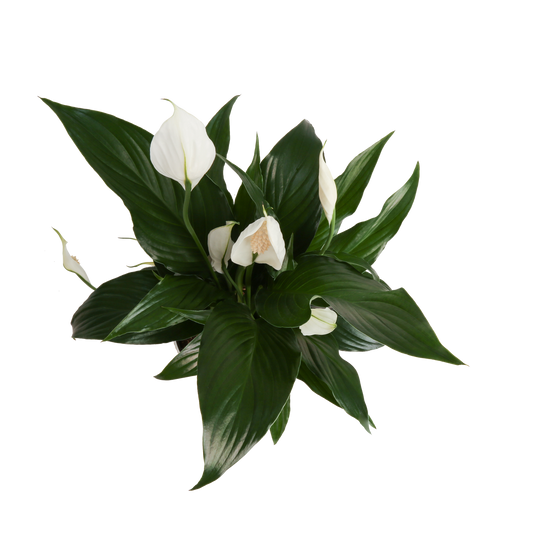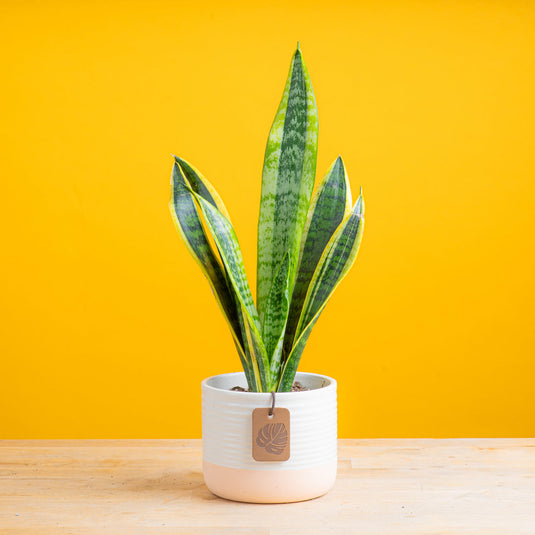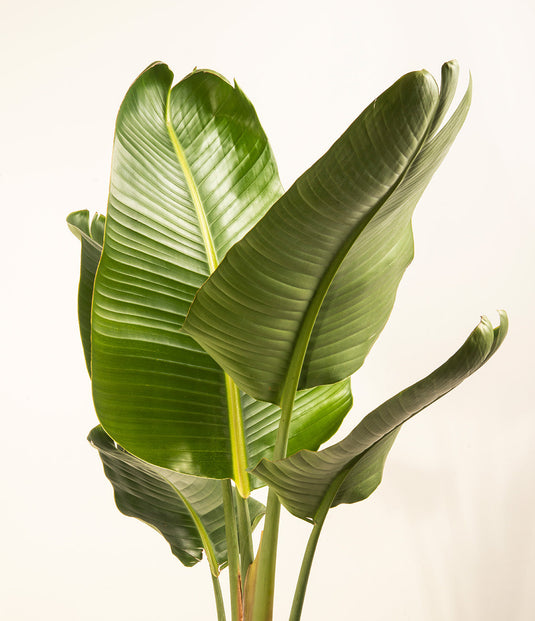Cycas Palm / Sago Palm
- Healthy Arrival Guarantee
- Free Plant Care Consultation
- Safe & Secure Payment

We will send you a notification as soon as this product is available again.
-
Estimated delivery: Aug 31 - Sep 04
-
Free return within 7 days of purchase.
Plant Description
The Cycas palm, commonly known as the Sago Palm. This ancient plant is characterized by its rosette of feathery leaves and a stout trunk, resembling a palm. The global market for ornamental plants, including cycads like the Sago Palm, is expected to reach approximately USD 150 billion by 2030.
5 Benefits of Cycas Palm / Sago Palm That Make It a Must-Have Plant
1. Ornamental Value
The Sago Palm is highly valued for its striking appearance, making it a popular choice for landscaping and indoor decoration. Studies have shown that the aesthetic appeal of this plant can enhance property values and create visually pleasing environments (Eisenberg et al., 2020).
2. Drought Tolerance
Cycas palms are well-adapted to arid conditions, exhibiting excellent drought resistance. Research indicates that they can survive prolonged dry periods, making them suitable for low-water landscapes (Smith et al., 2019).
3. Low Maintenance
Sago Palms require minimal care, making them an ideal choice for both novice and experienced gardeners. According to studies, their resilience and low nutrient needs contribute to their popularity in various regions (Garcia et al., 2021).
4. Air Purification
Research has shown that the Cycas palm can improve indoor air quality by removing toxins and pollutants from the air. Its ability to filter harmful substances contributes to a healthier living environment (Zhou et al., 2018).
5. Long Lifespan
The Sago Palm is known for its longevity, often living for several decades. Studies suggest that this durability makes it a worthwhile investment for landscaping, as it can thrive for many years with proper care (Johnson et al., 2020).
Disadvantages
- The seeds and foliage of Sago Palm contain toxins that can be harmful if ingested, requiring careful placement away from pets and children.
- Sago Palms grow slowly, which may not be ideal for those seeking quick landscaping results.
- While generally resilient, Sago Palms can be susceptible to certain pests, necessitating occasional monitoring and management.
- These plants are sensitive to frost and may require protection in colder climates, limiting their growing range.
- The initial purchase price for a mature Sago Palm can be relatively high, which may deter some buyers.
Frequently Asked Questions
1. Is the Sago Palm a good ornamental plant?
Yes, it has a striking appearance that enhances landscapes and interiors, adding aesthetic value.
2. Can Sago Palms survive drought conditions?
Yes, they exhibit excellent drought tolerance and can thrive with minimal water.
3. Are Sago Palms low-maintenance?
Yes, they require minimal care and are resilient in various growing conditions.
4. Do they purify indoor air?
Yes, research indicates that Sago Palms can help improve indoor air quality by removing toxins.
5. Do Sago Palms live for many years?
Yes, they are known for their longevity, often thriving for decades with proper care.
Final Verdict: Should I Buy Cycas Palm / Sago Palm?
Yes, the Cycas palm, or Sago Palm, is an excellent choice for those seeking a unique and low-maintenance plant.
Plant Care
Watering
Water your plant once a week or when the soil starts to feel slightly dry on the surface. Keep the soil consistently moist, but be careful not to overwater, as this can cause brown spots and leaf drop. If the leaves become curly or dry, it's a sign that the plant needs water. It's best to water your plant in the early morning or late evening when the temperatures are cooler. Always check the soil before watering.
Light
Provide bright indoor light or indirect sunlight for about 6 to 8 hours a day.
Temperature
Maintain temperatures between 18°C and 24°C. Avoid exposing the plant to drafts, as these can cause undesirable temperature fluctuations. Mist the plant occasionally, about twice a week, to help maintain optimal humidity levels.
Fertilizer
Apply liquid fertiliser every 15 days when the plant is actively growing. For best results, use Folikraft ready-to-use Indoor Plant Food.






















